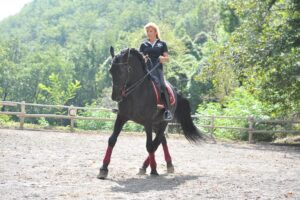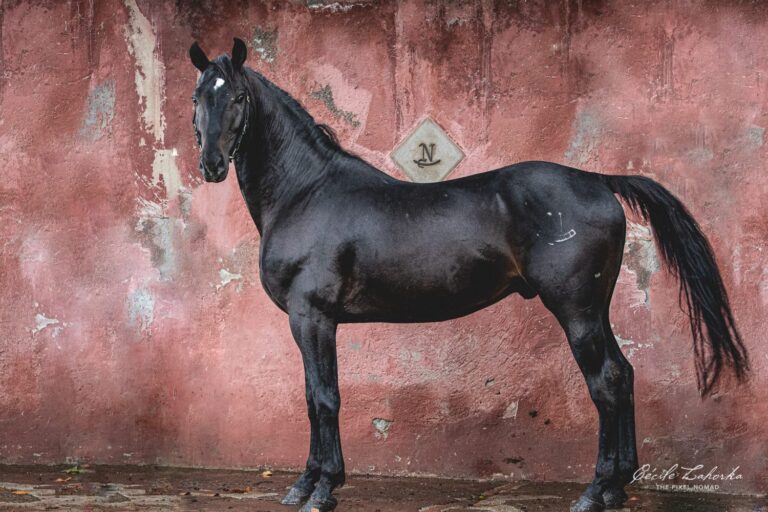Horses have been the backbone to many civilisations. When the Etruscans first populated the fertile countryside around Capua, Italy, they arrived with horses. Further down the Italian peninsular, colonies were formed by Spartan and Aegean settlers. They too settled with horses, and their villages served as melting pots of Hellenic culture, facilitating an exchange of ideas on horsemanship and training with Etruscans, Romans, and other Ancient civilizations.
After the fall of the Ancient Greek and Roman Empires, the art of equitation was lost for nearly 2000 years. Fortunately, principles preserved in ancient Greek scripts like ‘On Horsemanship’, by the Greek general Xenophon, were rediscovered during the renaissance by Italian scholars.
Horses were often gifted to, or requested by royalty, and King Henry the Eighth imported Italian broodmares to England to improve his depleted cavalry bloodlines. The Italian breeding farms raised horses commercially until the Nineteenth century, but sadly the unification of Italy under the House of Savoy marked the start of a progressive decline for equestrian culture in Italy.
But not all was lost. Small populations do remain in Italy, lasting legacies to the once prestigious breeding studs of Southern Italy. Here are four rare breeds that are little known outside of Campania and Puglia.
The Salernitano
The Salernitano horses were first raised on the fertile Sele river plains near Salerno by ancient Greek settlers. Over the centuries Greek, Neapolitan, Andalusian, Norman, Thoroughbred, Turkish Berber and Hanoverian bloodlines were mixed, and by the 19th century, they were a popular riding and carriage horse, known for their excellent bone and high stepping movement.
Today the Salernitano breed is a rare but highly esteemed sport horse, suitable for most disciplines – but most notably showjumping.

In 1956, a Salernitano horse named Merano, ridden by Raimondo d’Inzeo competed in the World Showjumping Championships and led the Italian team to victory. Another Salernitano horse named Posillipo helped Raimondo win gold at the Summer Olympics of 1960. The Salernitano horse has a gentle and willing disposition and they are characterized by an expressive head, long-lined and proportionally built body, strong limbs and hooves.
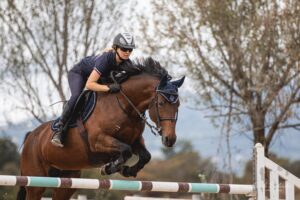
The Persano
In 1730, Charles III of Borbone established a royal breeding stud in northern Cilento, near Salerno for the Reale Razza Di Persano (Persano Horse). Neapolitan horses from all over the kingdom were crossed with four oriental stallions donated by the Ottoman Ambassador Husseyin Efend. In 1829, Andalusian and Prussian Mecklenburg bloodlines were also added to increase size and movement.
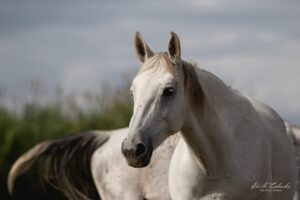
Sadly, in 1874, after the unification of Italy, the stud was dispersed, and all the horses were auctioned off to local farmers. A century of breeding was decimated in just a few weeks. 26 years later, the Italian government attempted to make amends for this devastating mistake, and they sourced the last surviving Persano horses and moved them to a state breeding facility. Recently, a small herd of rare Persano horses was sold to Count Alduino of Ventimiglia di Monteforte, and they are now kept at a historic palace near Naples, which was once a Persano breeding stud.

The Persano has a distinctly oriental look, long limbs and a pretty head. Good natured and rustic, they are used by the carabiniere as police and military horses.
The Napoletano
Not to be confused with the Neapolitan horse (which was a type without a closed stud book that is widely considered to be extinct), the Napoletano is one of Italy’s rarest registered breeds.
The Napoletano stud book was opened in 2003 because of the efforts of Giuseppe Maresca, a coffee trader from Sorrento, who learnt of the Neapolitan horses extinction as a teenager, and sought to prove they still exist at all costs. Maresco traveled throughout Europe searching for any trace of the Neapolitan horse and eventually found a former carriage horse that had allegedly belonged to Tito Marshal. This horse had been exported from Italy to Eastern Europe many years earlier and was now advanced in age. Still, Maresca found a way to buy him back and bring him home to Italy. There he managed to breed the old stallion to a selection of broodmares acquired from farmers living around Capua before the untimely death of the stallion as the result of a stable accident.

Two Napoletano horses have been since exported to the USA, and Maresca exhibits some of his young horses annually at Italy’s largest horse show in Verona. The modern Napoletano is a light baroque horse, representative of what would have been utilized for hunting, falconry and parades during the Renaissance. Maresca was careful to choose horses for his breeding program that are representative of the horses found in Naples during the 16th and 17th centuries. Napoletano horses stand between 15hh and 16hh at the wither. Harmoniously proportioned, they have round hindquarters, a muscular neck and a slightly convex (roman) profile.
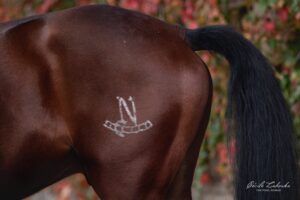
Murgese Horse
The Murgese horse is possibly the closest descendant of the Neapolitan horse of old. One of the three foundation sires (registered in 1926), a stallion by the name of Nerone, was bred by the counts of Conversano. If that name rings a bell, it is because the stallion Nerone hails from the very same stud that Conversano (one of the six founding stallions of the Lipizzaner breed) was born in.

Just like the Lipizzaner, Murgese horses are a fusion of Spanish, Italian and Oriental bloodlines. The Murgese excels at dressage, working equitation and trail riding and they are characterized by a baroque profile, muscular body, short back and strong legs and hooves.
